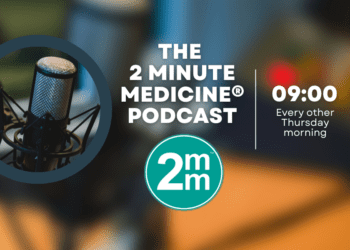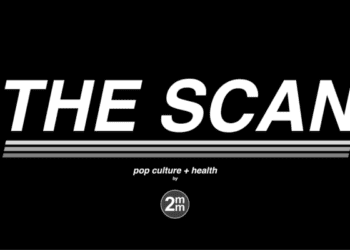Publication of pneumonia antibiotic guidelines changed prescribing trends
1. Publication of community-acquired pneumonia (CAP) guidelines for children was associated with decreased use of wide-spectrum antibiotics.
2. Proactive dissemination of new guidelines by institutions was linked to an even greater decrease in wide-spectrum antibiotic use.
Evidence Rating Level: 2 (Good)
Study Rundown: In 2011, the Pediatric Infectious Diseases Society and the Infectious Diseases Society of America (PIDS/IDSA) released a consensus guideline recommending the use of a single, narrow-spectrum antibiotic (i.e. penicillin/ampicillin) and discouraging the use of wider-spectrum antibiotics (i.e. third generation cephalosporins) for CAP in children. This study examined the prescribing choices at 3 U.S. children’s hospitals before and after the introduction of the new guidelines. After their introduction, there was a significant decrease in the use of third-generation cephalosporins and a significant increase in the use of penicillin/ampicillin to treat CAP. The largest change in prescribing practice was seen in institutions where an attempt was made to disseminate the guidelines, including education and production of new order sets. The study is limited by the investigation of only 3 large children’s hospitals and no community hospitals. In addition, investigators examined only 9 months post-guidelines, leaving the longer-term effects unclear. However, the results do suggest that national consensus guidelines can drive practice change and that education and dissemination by hospitals can be effective in increasing adherence to new guidelines.
Click to read the study, published today in Pediatrics
In-Depth [retrospective cohort]: This study examined 2121 children ages 3 months to 18 years who were part of the Centers for Disease Control and Prevention Etiology of Pneumonia in the Community study, an active surveillance project of hospitalizations for CAP at 3 U.S. children’s hospitals conducted from 2010 to 2012. The authors examined the monthly percentage of children treated with a third generation cephalosporin and the monthly percentage of children treated with ampicillin, amoxicillin, or penicillin. The PIDS/IDSA CAP guideline was published on August 30, 2011, dividing the study into a 20-month pre-guideline period and a 9-month post-guideline period. In the pre-guideline period, third generation cephalosporins contributed a median monthly proportion of 52.8% of prescriptions (interquartile range [IQR] 47.8% to 56.6%), which decreased to 44.8% in the post-guideline period (absolute difference from predicted -12.4%; 95% CI -19.8% to -5.1%). Furthermore, penicillin/ampicillin contributed 2.7% of prescriptions (IQR 2.1 to 7.0%) in the pre-guideline period, which decreased to 15.2% in the post-guideline period (absolute difference from predicted 11.3%; CI 4.4% to 18.3%). One of the 3 hospitals investigated did not provide any education regarding the new guidelines: this hospital was the only institution to have only a modest, non-significant reduction in cephalosporin use. There was also a moderate, non-significant decline in concurrent macrolide antibiotic use in all 3 hospitals.
Image: PD
©2015 2 Minute Medicine, Inc. All rights reserved. No works may be reproduced without expressed written consent from 2 Minute Medicine, Inc. Inquire about licensing here. No article should be construed as medical advice and is not intended as such by the authors or by 2 Minute Medicine, Inc.







